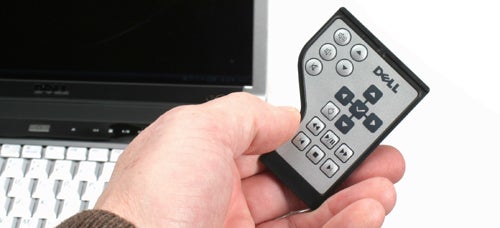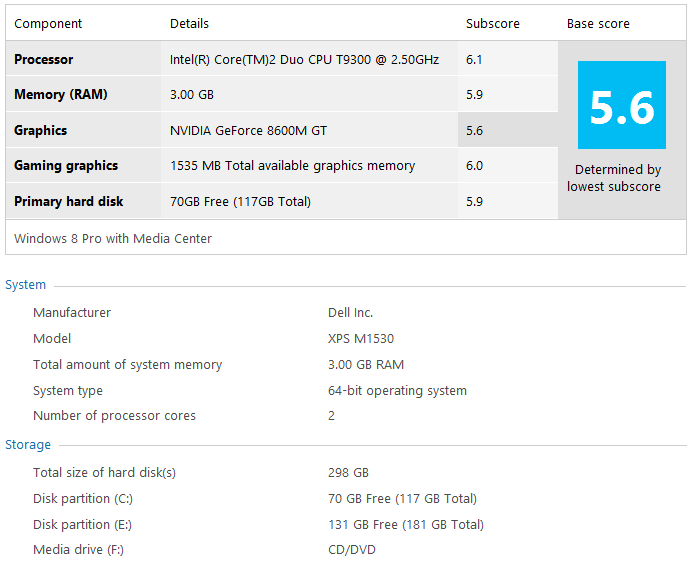


Instead, I grudgingly purchased one preloaded with Windows Vista, trusting my ability to install Ubuntu on my own. I soon decided to buy one, though the Linux version was unavailable in Canada at the time. Having taken a closer look, I immediately began to consider the svelte 4-pound M1330 despite its confusing branding. When I heard that Dell had added a second laptop with preloaded Linux, the fact that it was an XPS made me ignore it out of hand the XPS laptop line has historically consisted of 10 pound, 17 inch behemoths designed for high 3D gaming performance. My first thought was of the MacBook, though it had a few Linux compatibility issues, because of its compact design and the seductive flashiness of Mac OS X. As a Linux user, I wanted a machine which was well-supported by current Linux distributions, but, at the same time, I wanted a machine which was small and light for ease of transportation. In early 2008, I was getting tired of the bulk and aging technology of my old laptop, a Dell Latitude D505 named Falcon. The M1330 is a direct competitor to Apple's MacBook, and is a better value while not compromising on style. While the M1330 lacks the elegant minimalism of Apple's laptops, the sleek, lightweight design strikes a balance between elegance and functionality.

Introduced in the summer of 2007, the Dell XPS M1330, along with its 15-inch sibling the M1530, was intended as a departure from Dell's reputation as a producer of dull, boxy laptops bought more for their value than their design.


 0 kommentar(er)
0 kommentar(er)
